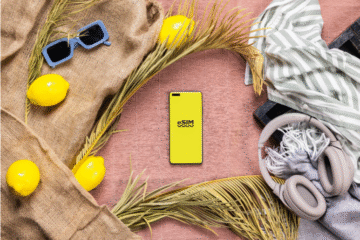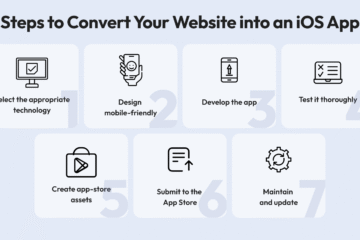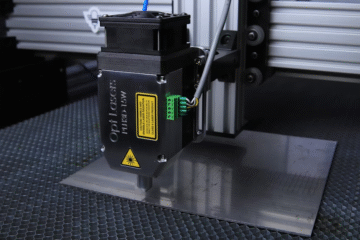The Importance and Benefits of Mobile First Web Design

The mobile revolution is here. An increasing number of users are now mobile-only and if your website can’t meet their needs, you will lose prospective clients. On top of that, Google declared its interest in enhancing user experience and securing more valuable search results by making its mobile-first index. This means that if you have a mobile optimised website, you’ll more likely rank well on both desktop and mobile devices and you can rest at ease. However, if someone searches for a term or a phrase that is not represented or flopped to the mobile users, the page will possibly underperform even if it exists on the desktop version.
Although it is yet to be decided on a specific timeframe for the Google’s mobile-first index rollout, a good deal has been said about its implementation announced to occur at the beginning of this year. Knowing this it is the best time to start considering the mobile first design or redesign of your website (if not done already).
Moreover, if you are monetising your website, it is strongly recommended to use the mobile experience as this is not only prompted by Google’s attempt to push mobile first on people, but by the genuine users’ actions. In this case, Google’s business model is also challenged by mobile, which is entirely taking over the scene.
The Importance: Valuable and Cost-Effective
Having a mobile responsive web design is not a trend anymore, it’s a requirement! Being able to offer your users an optimized experience regardless of what their selection of device is, indicates you will extend the reach of your product or service which will enhance the opportunities you have of engaging with people. This approach is unlikely valuable and the cost-effectiveness is a favourable advantage.
With the advanced popularity of mobile websites viewing, mobile web design became an alternative to the major desktop viewing experience and replaced the of yore habit of designing for the largest possible screen first with the design for the mobile devices first. Based on the idea that the ideal viewing experience should be on the smartphones and tablets instead of on the desktop, the mobile first designing method took the responsive design, which implies to start big and then reduce, a step further by structuring the media queries from small to large.
As stated in the study conducted by comScore some years ago, “desktop-only has been on a steady drop since 2014, declining from 19.1% to 10.6% in the USA alone“. Notwithstanding, the number of mobile-only users (meaning they nearly never sit in front of the desktop or they don’t even have access to one) has been increasing with no expectations to throw back. Taking the trend that is still current into account, desktop viewing is no longer the standard. Consequently, optimizing your website for the devices your audience is using, and not the ones they aren’t is of the great significance now more than ever.
The Benefits: Optimal UX in All Screen Sizes
The key principle to mobile first design is, in fact, a content-centred mind. Designing for mobile is the recommended way to go if you want the best possible experience around your content in all screen sizes for your users. For instance, if your website is developed to provide e-commerce services, the design and development of the website should go towards finding the easiest and the most effortless way for your customers to find and visit it and complete a purchase with success along the way. This particularly applies to the users who largely make their purchases via a mobile device.
By using mobile first web design, you are designing your layout with friendly user experience in mind, which is only relevant when you switch on to tablet and desktop. Furthermore, it can be tricky to design a desktop website with some functionalities that may or may not work well when the website is scaled down for mobile. With utilizing a mobile first approach you also ensure a clean all-round website design.
Due to the constant upgrade of the phones and plan changing on the users part, there are countless possibilities to use new and cool technologies when it comes to website designing for mobile.
Some of these cover:
- Integrated GPS for information on the location
- Multi-touch intercommunication from different indications and actions
- Connection via Bluetooth device
- Hardware acceleration and most recent browser
- Movement information and device tilt from an accelerometer
- Audio and Video input from the integrated camera and microphone
Lastly, when applying a design approach for mobile first you can consider what actually needs to be present on your website. Rather than trying to clutter all the whitespace with a fluffy mass, focus on what the user actually wants and/or needs in order to end the action. With the aim of securing the optimal functionality, you’ll pull harder to ensure that your site is filled only with the most crucial content and pieces essential to support your business success.





No Comment